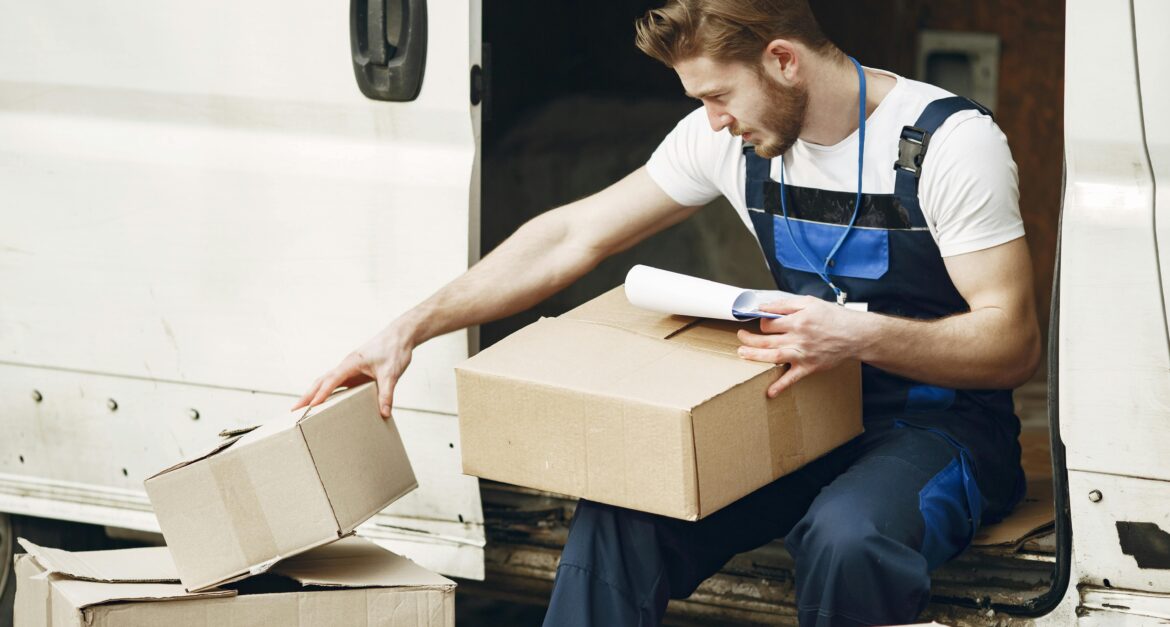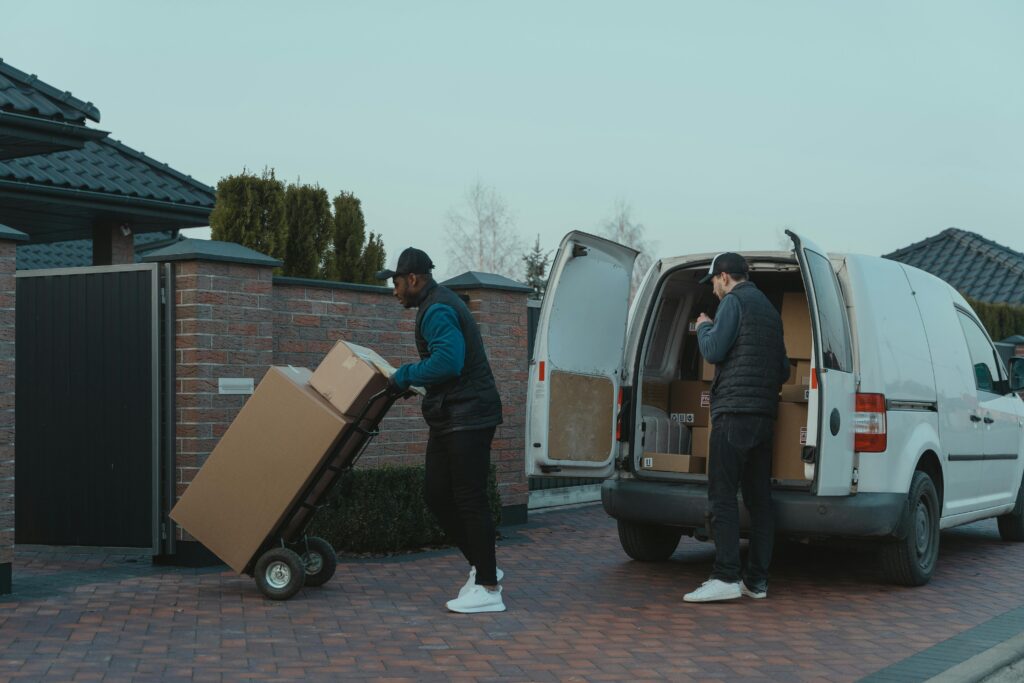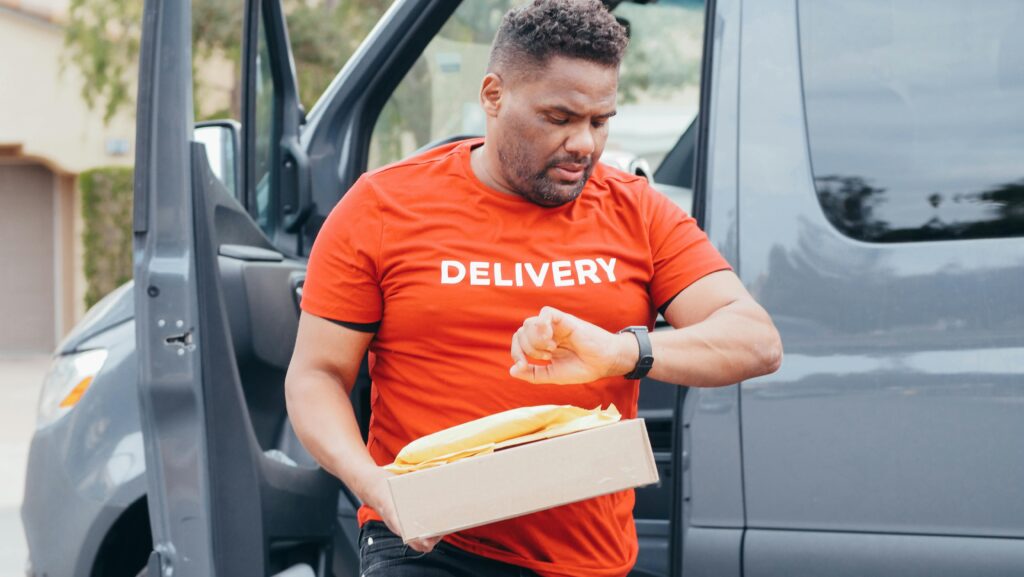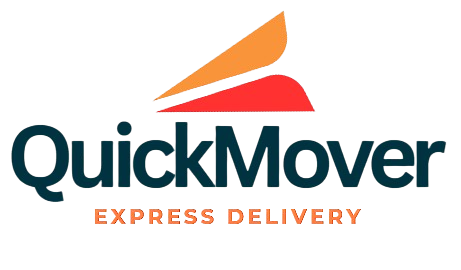
Introduction
These days, everything moves so fast that time seems the only resource we can’t afford to lose. Whether it is a belated birthday present, an urgent pitch for the office, or a small first-aid kit that could really help, people ask for deliveries they can trust-and they want them yesterday. That growing pressure is what drove the rise of express delivery services, which promise speed, trustworthiness, and the ease people now expect at home and at work.
In this piece, we lay out the basics of express delivery-definition, main perks, and the big ways it is rewiring industries and reshaping what shoppers look for.
The field is evolving fast as new technology and higher customer demands push firms to keep pace. Same-day shipping and, quite literally, on-the-minute delivery have moved from being perks to requirements in the modern marketplace.
Major e-commerce companies and long-established shipping firms are now spending big on concepts that used to appear only in movies or novels. Picture drone fly-outs, sidewalk delivery bots, and soon even driverless rigs-all either still sketched on whiteboards or already airborne toward your front step.
Yet, as you watch these trends unfold, remember that express delivery is about more than raw speed. It’s really a quest for slim, planet-friendlier routes that still meet our habit of instant gratification.

What is Express Delivery?
Express delivery-sometimes called same-day or next-day service-is the high-cost shipping choice that gets packages to people sooner than anything else. In regular shipping a package can rest for days waiting on a hub, but express delivery jolts the process forward at every link, so on a clear road the driver can knock on the door within just a few hours.
Big names like FedEx, DHL and UPS team up with many small neighborhood couriers to keep things moving. Stores, clinics, kitchens and law firms all call for the fast lane because they need new stock, lifesaving drugs, hot meals or contracts that have to arrive without delay.
A typical package on this route travels door to door with continuous online tracking and, for nervous senders, a phone line that answers questions round the clock.
In the past decade, the rush-up model took off once shopping shifted to phones and screens, sharpening shoppers’ impatience to the finest edge. Customers now steal a quick glance at the clock and wonder, If I bought these shoes ten minutes ago, why are they still not on my porch? Firms that can’t match that twitch will watch the same buyers swipe away to the retailer who can.
Key Benefits of Express Delivery
Express delivery is more than just speed; it brings a bundle of bonus advantages that please both businesses and ordinary senders. Listed below are a few of the most noticeable perks.
Speed and Efficiency
The first thing anyone notices is the plain speed of the service. With express options, a package can land on someone’s desk within hours or show up first thing the next working day, making it perfect for tasks that can’t wait. That clock-ticking urgency really matters in fields such as healthcare, law offices, and assembly lines.
Customer Satisfaction
Most people appreciate when orders show up exactly when promised and without drama. By adding an express-delivery option, a shop or service provider shows it can handle those high expectations, and that swift display of reliability usually leads to repeat business, kind words online, and lasting loyalty.
Reliability and Tracking
Most express services are packed with tracking tech that lets the recipient watch every step of the journey on a map. Being able to see where a package is in real time cuts down the natural worry and quietly cements trust in the supplier.
Secure Handling
Because express shipments normally cost a lot, everyone along the route gives them a second look. Couriers handle fragile, pricey, or sensitive packages as if they were crystal, so breakage, loss, and mix-ups drop sharply.
Reduced Inventory Costs
For many businesses, express shipping fuels a just-in-time stock plan: goods show up exactly when needed, so no mountain of boxes sits gathering dust. That steady flow lets firms shrink or even skip bulky warehouses-and the bills that pile up with them.
The Technology Behind Express Delivery
None of this speed would work without modern tech. A mix of GPS,”tethered drones, bar-code scans, and AI routing keeps drivers on the fastest path and the customer in the loop.
Real-Time Tracking Systems
Most services hand over a tracking number, turning each box into a mini newspaper that tells its own story. Built on cloud servers and satellite signals, these maps refresh constantly and warn people if something is late.
Automated Sorting Centers
Inside high-tech hubs, spinning belts, barcode cameras, and agile robots move thousands of parcels an hour while people watch from screens across the globe. That swarm of machines catches mistakes before they leave the building and sends packages on their way in minutes.
AI-Powered Route Optimization
Artificial intelligence keeps an eye on gridlock, surprise downpours, and those quick stops that everyone hates, then quietly updates a drivers to-do list in real time.
Shorter paths save time, keep promise to customers, and trim the gallons each van burns.
Mobile Applications
Most couriers also offer a pocket app for booking pickups, keeping an eye on a shipment, or chatting with help when something goes sideways.
Drone and Autonomous Delivery
Though still experimental, a handful of firms are trialing drones and driverless vehicles for speedy drop-offs, focusing on city blocks and remote corners that regular vans find tough to reach.
Express Delivery in Different Industries
No single express model fits every business. The service bends to each sectors demands, bringing its own hurdles and expectations along for the ride.
E-commerce
Online shops lean on quick shipping to keep buyers from second-guessing their carts. The promise of next-day-or-so arrival has become a headline offer for Amazon, Flipkart and many local sites.
Healthcare
Hospitals count on fast couriers to move samples, x-rays and vital medicines without delay. In a crisis, a two-hour run can tip the scale between treatment and a missed chance.
Food & Beverage
Swiggy, Zomato, Uber Eats, DoorDash-all those names work on the same stopwatch. Because hot stuff must stay hot and cold stuff, well, must stay cold, speed paired with reliable delivery is the only game in town.
Legal & Finance
Contracts, checks and court filings travel with a promise of both haste and privacy. Express networks meet that double duty, moving sensitive papers on time while guarding them closely.
Manufacturing & Automotive
When a factory needs spare parts or machine bits, delay can grind production to a halt. On-the-run courier service cuts that risk and keeps output flowing. .
The Rise of Same-Day Delivery and Customer Expectations
Requests for same-day delivery are climbing fast. Customers expect speedy work but insist on quality. Logisticians feel that shift in every warehouse and dock.
E-commerce giants plow money into networks, warehouses, and last-mile riders. Their aim is simple-speed that never breaks and tracking no one has to guess at. Rivals follow suit, racing to stitch delivery from click to doorstep.
Customer expectations include:
- Fast and reliable service.
- Real-time tracking information.
- Flexible delivery options.
Fulfilling those requests calls for careful planning and smart tech. Firms that hesitate risk losing buyers at checkout. Those that adapt early build a buffer against rivals in this restless market.
Key Innovations Shaping Fast Shipping
Fast shipping leans heavily on innovation and data. As shoppers ask for more, cost-saving shortcuts lose appeal. In response, engineers and designers keep pushing ideas from sketch to street.
Drones and driverless vans now probe urban canyons and distant suburbs. By skipping traffic-clogged roads, they whittle hours off the final leg. These technologies promise not just speed but new ways to reach corners once deemed too costly.
Artificial intelligence now sits at the heart of route planning in express delivery. The system scans years of old trips, storms, concert jams and more, then nails the fastest route before anyone even puts a key in the ignition. While trucks are rolling, it keeps pinging fresh alerts, letting dispatch swap lanes on the spot if a bridge drops or a parade suddenly blocks the road.
Key innovations include:
- Drone delivery systems.
- Autonomous vehicles.
- AI-driven route optimization.
- Smart locker deployment.
- Challenges of Express Delivery
Moving fast creates fresh headaches, so carriers have to balance the rush with costs and risks if they still want customers to smile.
High Operating Costs
Delivering fast is rarely cheap. Firms pour money into upgraded sorting hubs, trained staff, and greener trucks so packages arrive on the dot.
Environmental Impact
Hustling goods across town-or across the sky-often pumps extra carbon into the air. That makes planet-friendly, on-demand options more urgent than ever.
Urban Traffic Congestion
BUSES, BOX TRUCKS, AND CARGO-BIKES can idle for ages in stop-and-go traffic, burning fuel and time. To loosen the jam, firms now test bike fleets, electronic parcel lockers, and micro-warehouses that cap lengthy rounds at just one city block.
Last-Mile Complexity
The last mile is the last hop in a delivery, the stretch from a regional hub to a front door. It eats up time and money because no two stops are the same and traffic, weather, or an unavailable signer can throw off the whole schedule.
Customer Expectations
As app updates feed faster service, shoppers now count on speedy, no-charge, mistake-free delivery as the norm. Balancing those climbing demands with profit is like walking a wire stretched over a busy street.

Conclusion
Because everyday life keeps speeding up, the appetite for quick delivery will only deepen. In many fields, it has shifted from perk to basic requirement. That expectation lets shoppers receive goods almost on impulse, while retailers see it as a battleground for loyalty.
Same-day and next-day shipping looks set to shine, thanks to brainy apps, cleaner vans, and tireless little robots. Companies that sweat the details-route planning, honest data, and plenty of practice-will see their names at the front of tomorrow’s order queue.
Big changes are already shaking up the express-delivery scene. The spotlight is firmly on shaving minutes and cutting waste. Fresh ideas, from crowd-sourced couriers to drones, promise a wave of thrilling upgrades in the weeks ahead.
Looking further out, technology will weave itself even deeper into every stop, from alerting warehouses before stock runs low to guiding electric bikes through the clearest route. Balancing that speed with respect for the planet and people will define success in the new age of delivery. The future is bright for express delivery services.
FAQs
How much faster is express shipping than standard service?
Express shipping usually arrives the same day or within one to two business days, while standard service typically needs three to seven days, and the exact time depends on how far the package must travel and which carrier is used.
Can I send a package overseas on an express schedule?
Yes, big international shippers such as FedEx, DHL, and UPS all offer express options for cross-border packages, though actual delivery speed can be affected by customs checks and the rules in the destination country.
Is choosing the express option pricier than the regular rate?
Most of the time, yes; the express label carries a higher price because the shipment is moved faster, given priority at hubs, and tracked with tighter logistics, yet that cost is often worth it when a time-sensitive document or product is on the line.
Will I be able to follow an express shipment in real time?
Definitely; nearly every express service now supplies live tracking through its website or smartphone app, so you can see exactly where your box is and when the courier plans to knock on your door.
What should I do if my express delivery arrives late?
Storms, accidents, or other surprises can slow even the fastest route, but most carriers stand by a service guarantee that promises a refund or credit if the package does not appear within the promised window, so its wise to review their policy and reach out if the delay occurs.
How long is express delivery?
Typically, it denotes a shipping service prioritising quick delivery of packages, often resulting in faster transit times than standard shipping methods. It may require customers to pay an extra shipping cost. The delivery time usually ranges from 24 to 72 hours.
How many days is express post delivery?
2-day
Xpresspost: Fast and affordable shipping for documents and parcels in Canada. Get next day and 2-day shipping with Xpresspost™. All items are tracked, delivery times are guaranteed and delivery status can be checked online 1.
Is express delivery faster?
Unlike standard shipping, which can take several days, express delivery offers a much faster timeline sometimes same-day, often next-day. It’s the go-to option when time matters. Think urgent documents, last-minute gifts, or a customer who expects their order now, not next week.
What is express delivery or normal delivery?
Standard shipping is often more affordable but takes longer to deliver. On the other hand, express shipping is faster but comes with higher costs. Some customers need their items urgently, while others prefer a more cost-effective option. Offering both of these shipping methods can help meet diverse customer needs.





